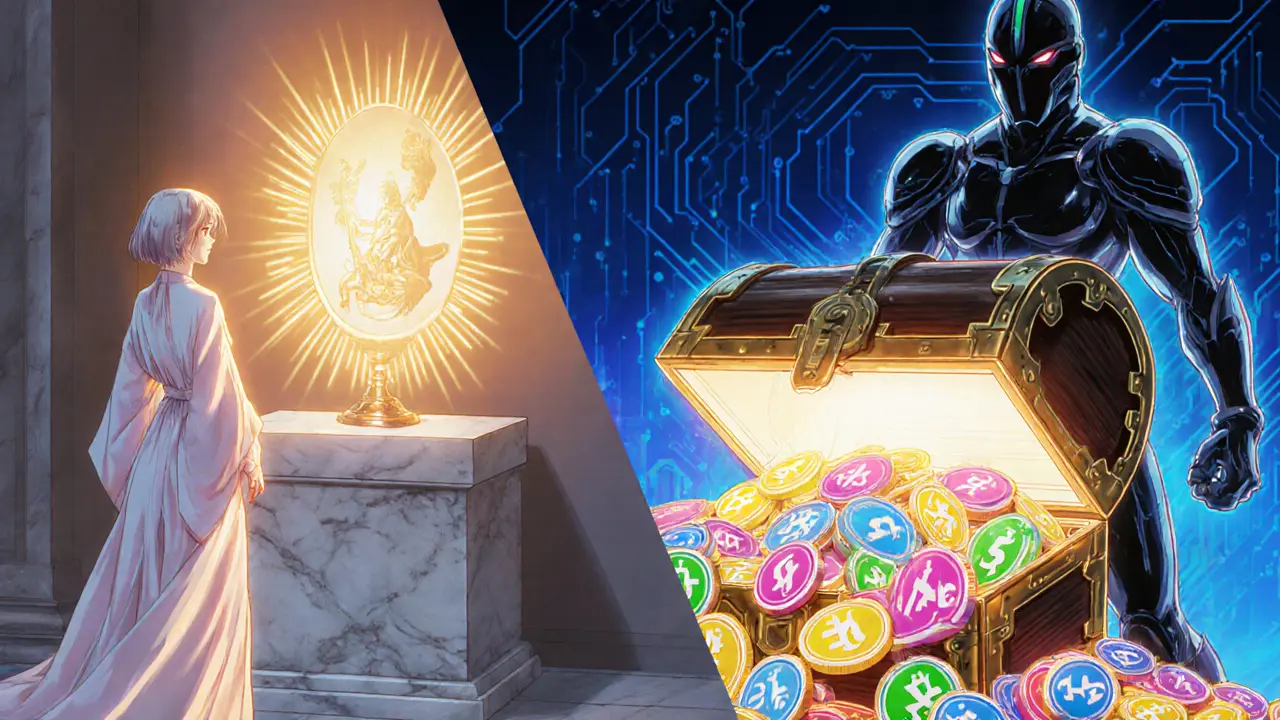Ethereum: Deep Dive into the World’s Leading Smart Contract Platform
When working with Ethereum, a decentralized, open‑source blockchain that runs self‑executing code and fuels thousands of decentralized applications. Also known as ETH, it serves as the backbone for modern crypto finance and beyond.
Its core strength lies in smart contracts, code that automatically enforces agreements once predetermined conditions are met, without any middleman. These contracts make it possible to launch ERC‑20 tokens, standardized assets that can be traded, staked or used as utility tokens across the whole Ethereum ecosystem. Since the switch to Proof of Stake in 2022, validators now secure the network by staking ETH, earning rewards while dramatically cutting energy use. The combination of programmable contracts, a universal token standard, and a low‑carbon consensus draws developers, traders, and institutions alike, creating a vibrant marketplace for DeFi, NFTs, and Layer‑2 scaling solutions.
Beyond the basics, Ethereum’s design also supports mechanisms like token burning, the deliberate removal of tokens from circulation to reduce supply and increase scarcity. Many projects burn a portion of transaction fees, which can boost holder value over time. Meanwhile, the network’s shift to Proof of Stake introduced slashing penalties—automatic deductions for validators who act maliciously or go offline—helping keep the system honest. Forks such as PulseChain illustrate how Ethereum’s open code can be repurposed, offering faster, cheaper transactions while still leveraging familiar tools like ERC‑20. These variations keep the ecosystem fresh, giving users more options to explore cost‑effective trading, cross‑chain bridges, and experimental governance models.
Ethereum’s influence reaches into every corner of crypto finance. Decentralized finance platforms build on its smart contract layer to offer lending, borrowing, and yield farming without banks. NFT marketplaces mint digital art directly on the chain, granting creators true ownership proof. Layer‑2 solutions like Optimism and Arbitrum bundle transactions off‑chain, then settle them on‑chain to slash fees and boost speed. As the network continues to evolve, new upgrades aim to improve scalability, security, and user experience, ensuring Ethereum stays at the forefront of blockchain innovation.
Below you’ll find a curated collection of guides, reviews, and deep‑dive articles that cover token burning, slashing penalties, PulseChain, DeFi strategies, and more—everything you need to navigate Ethereum’s ever‑growing landscape with confidence.
ERC-721 vs ERC-1155: Which NFT Standard Fits Your Project?
A side‑by‑side breakdown of ERC‑721 and ERC‑1155, covering gas, security, implementation, use cases and a quick decision guide for developers.
The Future of Layer 2 Scaling: What’s Next for Ethereum’s Speed and Cost
Explore how Layer2 scaling solutions are reshaping Ethereum's speed, cost, and future adoption across DeFi, gaming, and enterprise use cases.


